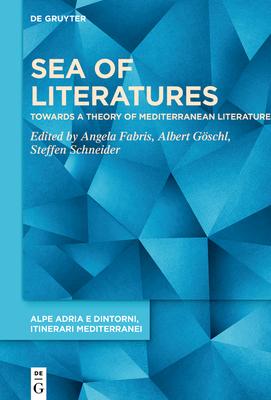Mediterranean studies flourish in literary and cultural studies, but concepts of the Mediterranean and the theories and methods they use are very disparate. This is because the Mediterranean is not a simple geographical or historical unity, but a multiplicity, a network of highly interconnected elements, each of which is different and individual. Talking about Mediterranean literature raises the question of whether the connectivity of Mediterranean literature can or should be limited in some way by constructing an inside and an outside of the Mediterranean. What kind of connectivity and fragmentation do literary texts produce, how do they build and interrupt references (to the real, to fictional forms of representation, to history, but also to other texts and discourses), how do they create and deny communication, and how do they engage with and reflect literary and non-literary concepts of the Mediterranean? These and other questions are considered and discussed in the over twenty contributions gathered in this volume.

Sea of Literatures: Towards a Theory of Mediterranean Literature
Mediterranean studies flourish in literary and cultural studies, but concepts of the Mediterranean and the theories and methods they use are very disparate. This is because the Mediterranean is not a simple geographical or historical unity, but a multiplicity, a network of highly interconnected elements, each of which is different and individual. Talking about Mediterranean literature raises the question of whether the connectivity of Mediterranean literature can or should be limited in some way by constructing an inside and an outside of the Mediterranean. What kind of connectivity and fragmentation do literary texts produce, how do they build and interrupt references (to the real, to fictional forms of representation, to history, but also to other texts and discourses), how do they create and deny communication, and how do they engage with and reflect literary and non-literary concepts of the Mediterranean? These and other questions are considered and discussed in the over twenty contributions gathered in this volume.